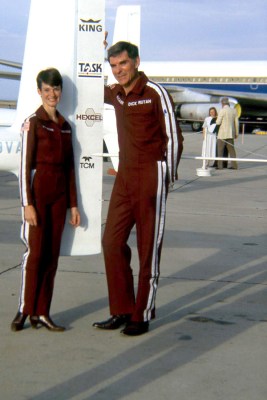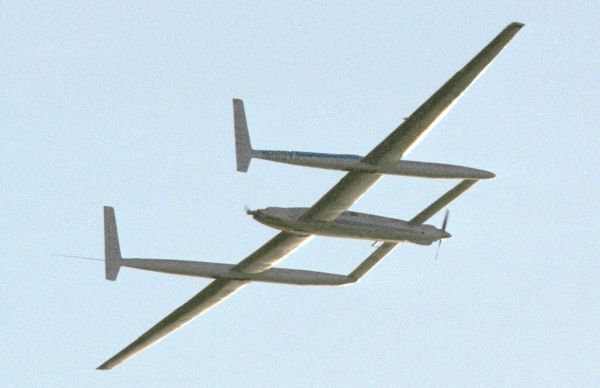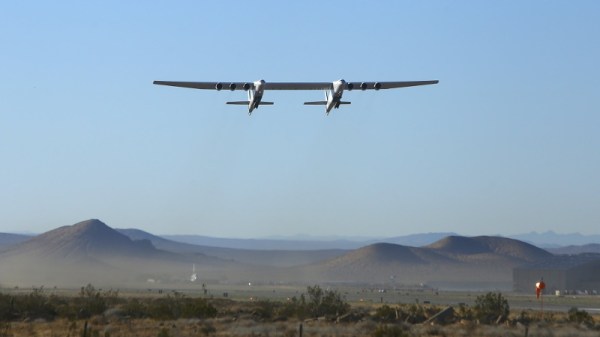On December 23, 1986, an airplane landed at Edwards AFB. This by itself wouldn’t mean much, but this particular airplane had just written history. Piloted by Dick Rutan and Jeana Yeager, the Rutan Model 76 Voyager had just completed its non-stop flight around the world after taking off from that very same runway just over nine days prior. Designed by Dick’s younger brother Burt Rutan, this airplane and this one flight will forever speak to the world’s imagination, even as we say farewell to Dick “Killer” Rutan.

Born Richard Glenn Rutan on July 1, 1938, he spent his military career in the United States Air Force, initially working with radar systems before beginning pilot training in the 1960s. He flew 325 sorties over Vietnam (ejecting once) and served for many more years while racking up many awards and reached the rank of Lieutenant Colonel before retiring in 1978.
After this he would fly as a test pilot for a range of aircraft, including a modified Rutan Long-EZ: the XCOR EZ-Rocket in 2001. Yet no flight would be as memorable as the record-breaking flight in the Rutan Voyager, which saw the world’s media following the aircraft’s journey around the globe, including with live feeds whenever the aircraft was within reach of national broadcasters. Despite nine days of strenuous flight and some mechanical breakdowns and damaged wingtips (from the fuel-burdened wings scraping over the runway), the flight went about as well as could have been hoped, thanks to Dick’s and Jeana’s piloting skills.
Dick Rutan died on May 3, 2024 at the age of 85 after a long struggle with the consequences of Long COVID. He will be sorely missed by the aviation community and countless others, but his achievements never forgotten.














